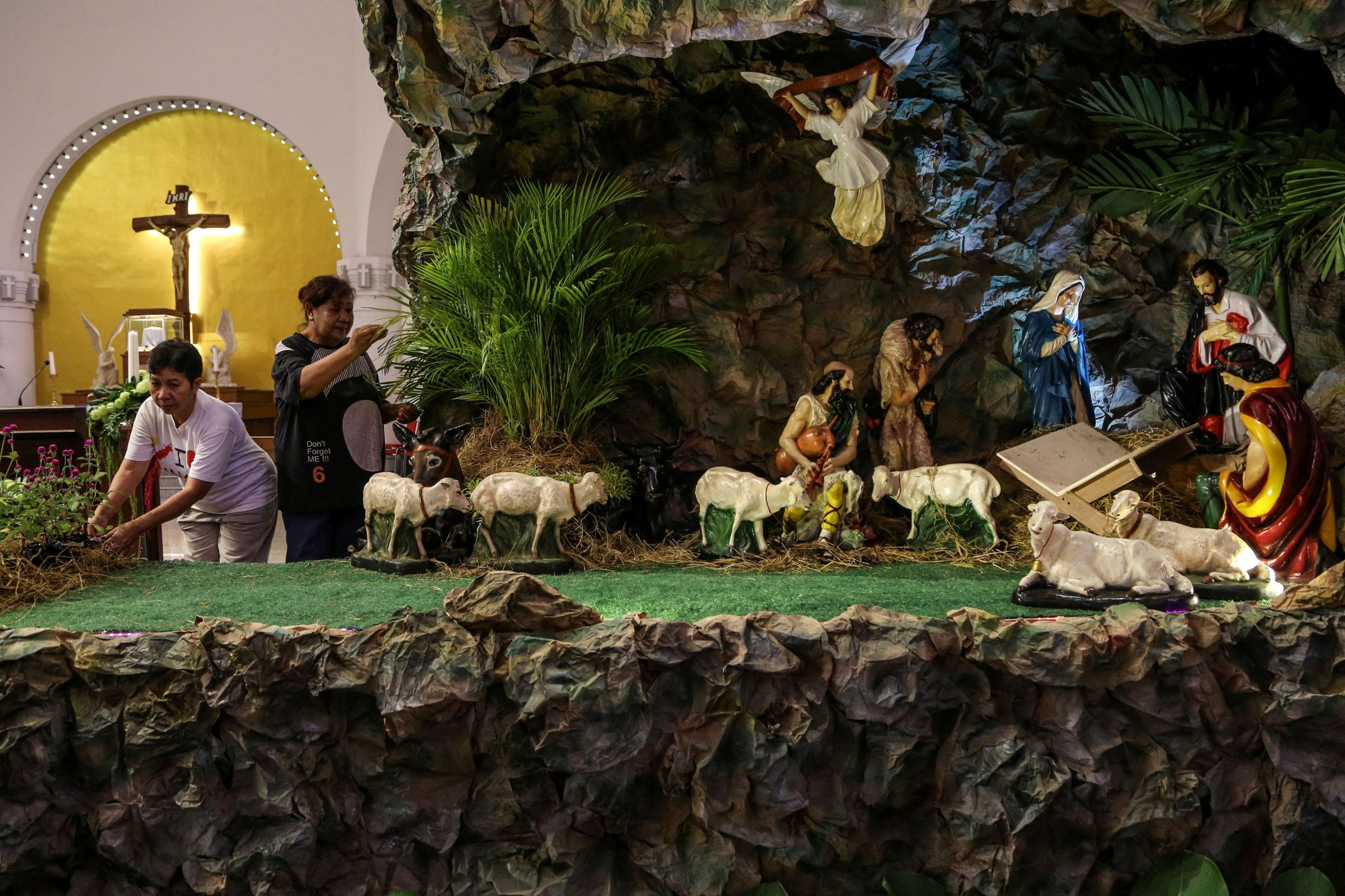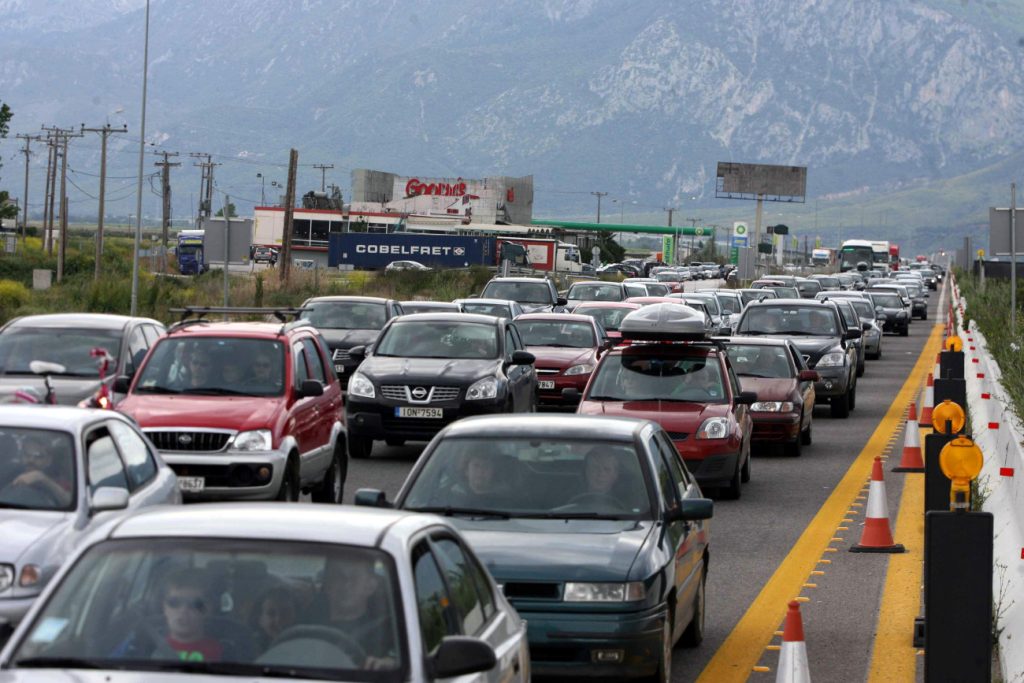Just a few hours before the culmination of Christmas day, with the opening of the presents, the Christmas dinner, every culture around the world celebrates it in a different and unique way according to their customs and traditions.
It is definitely the best time of the year for children as they await patiently to open up the presents Santa Claus has placed under the Christmas tree or has hung inside the stockings from the fire place.
Some of the customs and traditions are linked with older pagan beliefs and some are linked with each country’s distinct identity. No matter what the case, they are observed with devotion.
In the United Kingdom, children hang their stockings to their bed-frame and not from the fire place, so as to surely find a treat when they wake up in the morning.
In Iceland, children eagerly await for the 13 presents that the 13 Yule Lads (jólasveinarnir)elves leave in their shoes…of course only if they have been behaving otherwise they get rotten potatoes instead.
In Germany, Christmas markets are synonymous with celebration, people do their shopping, they walk around and buy their gifts enjoy a glass of warm sweet wine and eat sausages.
In Mexico and most Latin American countries as well as in the Philippines families celebrate Nochebuena, which means good night in Spanish on Christmas Eve, with food, singing and dancing and a piñata filled with sweets for the children.
In Australia beach a bbq under the hot sun is a must, after all Christmas falls in the middle of the summer season.
Ukrainians, for the first time this year, will officially celebrate Christmas following the Gregorian calendar –which is most widely used around the world- instead of Jan 7, in an attempt to separate themselves from Russian influence.
Traditionally, Ukrainians celebrate Christmas Eve by setting a large table with twelve fasting dishes, containing wheat, fruit and nuts, but it is unknown how many will be able to carry out the custom in the midst of war.
The integral part of the Neapolitan tradition in Italy is the shepherd Benino who is blissfully sleeping during the nativity symbolizing the shepherds who went first to see new born Jesus.
Another tradition followed by most western countries is the manger underneath the Christmas tree, or displayed in churches and squares.
In Spain’s Catalonia, Christmas is the most important holiday of the year. Apart from the mangers displayed with real people, the Catalans set up entire villages with figures representing everyone. Best known is “El Caganer” literally meaning “the pooper”. Traditionally, the figurine is depicted as a peasant, wearing the traditional Catalan red cap and with his trousers down showing his bare backside. Lately, the Catalans have been satirizing politicians, TV personalities and artists in the face of the Caganer.
Christmas in Bethlehem
In the birthplace of Jesus, Christmas will not come this year. Bethlehem, usually packed with tourists and pilgrims at this time of year, is deserted this year. “The war has stopped everything,” explained a trader, Abud Souboh, referring to the war raging in the Gaza Strip, with no prospect of a ceasefire on the horizon and with hundreds of Palestinians killed since October 7.
The Church of the Nativity, a world heritage site, attracts hundreds of thousands of visitors each year, however this year, in the area where pilgrims from all over the world gather, there are only parked cars, hotels are empty and some have not opened at all.
There are no Christmas trees decorating the city, no lights with municipal authorities limiting celebrations to a religious level only, with the midnight service.
The Christmas menu
Christmas celebrations are linked with good food, whether it is stuffed turkey with chestnuts or pork with plums. In some central European countries, such as Denmark and France, the main dish is poultry, but ducks and geese are preferred. Pork is regularly included in the Scandinavian menu, but there are also those who prefer fish: carp for the Czechs and Slovaks, cod for the Portuguese.
In Poland, the Christmas table always begins with oplatek, an unleavened bread that is cut and distributed by the oldest member of the household, exchanging wishes for good health and happiness.
A meal is of course never complete without the right dessert.
Italian panettone with raisins and fruit glace has now become international, and so has German stollen(a cake-like-fruit bread). And while the British choose chocolate pudding with dried fruit, the French, on the other hand, suggest a log with chocolate or chestnuts.



